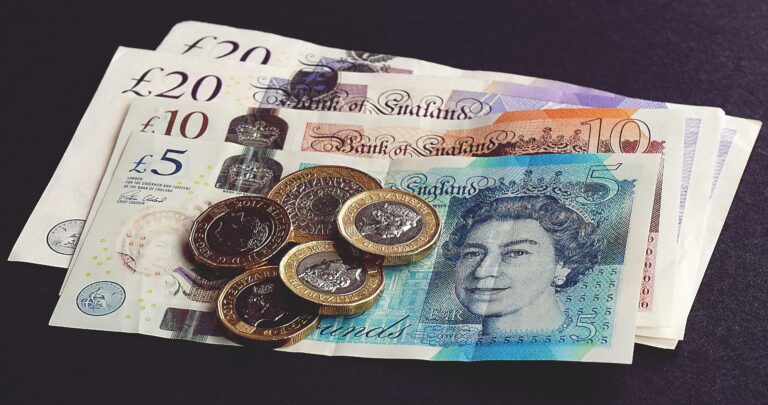
Morning Brief – Turbulence
As Air Force One landed in London Stansted Airport yesterday a swathe of helicopters and vehicles greeted it. Strategically posted around the runway, the imposing presence wasn’t protestors and news agencies finding out more about the tariffs that Trade Representative Robert Lighthizer had been surprising markets with back across the Atlantic. Instead they were there to ensure the safety and security of the President that this week campaigners on both sides of the political spectrum are taking extreme caution over. The President of course arrives in London for talks with NATO leaders and has certainly made an auspicious entrance by threatening France with tariffs on goods amounting to an export value of an approximate value of $2.4bn.
Only a few hours earlier tariffs were announced to the order of 10 and 20% on Brazilian and Argentinian exports of Aluminium and Steel respectively. Despite the escalation in tension as a result of yesterday’s US attack on global terms of trade, markets’ preferred safehaven, the US Dollar had one of its worst days versus the more risk-sensitive Euro so far this year. The currency pair ground some 70 pips higher crossing straight back through its 200-day moving average that it had been losing a battle with. The reason for the somewhat inverted reaction is a concern about Trump 2020.
As the Presidential race gathers pace the return to Trump’s protectionism and coin-flip trade and foreign policy is terrifying foreign investors in the US. Of course, as evidenced by US(D) valuations around Trump’s election and inauguration it’s clear that markets’ worries are now ‘Trump at what cost?’. The motive surrounding Trump’s levy of tariffs against these South American commodity exports to the United States was currency manipulation – a key source of angst for the controversial President. Their justification, however, was to support domestic Steel and Aluminium production as a key instrument and material of war and therefore of significance deserving the watchful eye of national security. Particularly in the case of Brazil as we discussed a couple of weeks ago, the monetary authority’s action in its spot and swap markets demonstrates quite contrary to the President’s admonition that it is not trying to artificially manipulate the competitiveness of Brazillian assets versus their US counterparts through exchange rate devaluation.
The Argentinian Peso has lost 275% against the US Dollar since Trump’s 2017 inauguration amidst crisis that has gone from strength to strength. The Brazilian Real (BRL) has only lost around a third of its value against the US Dollar over the same period. If you recall, the BRL was supposed to benefit from the Trump’s trade war with China due to its specialisation in the production and export of Soybeans – a commodity caught up right at the heart of the Sino-US tariff flurry. Despite not feeling the warmth of reorienting Chinese consumption, Brazil now finds itself staring down the barrel of direct tariffs.
On Trump’s currency radar, French and Eurozone threats yesterday were justified by French levies on US technology companies in the nation. As Christine Lagarde addressed the European Parliament and PMIs were released earlier that morning, exciting dynamics were afoot in Euro-Dollar. This morning, despite a mild correction last night, the US Dollar remains depressed against the Euro. Macron, President of prominent NATO member France, will of course speak with Donald Trump in London. With tariffs the driver of US Dollar weakness this time around and the French-targeted duties only under consideration rather than implementation, resolution on French Wine and Cheese could restore US Dollar strength.
Discussion and Analysis by Charles Porter

Click Here to Subscribe to the SGM-FX Newsletter
Related Insights

Daily Brief – A short lived short squeeze?
A short lived short squeeze? Sterling is undoubtedly benefitting from a short squeeze. Traders on net had increased positions that benefit from Sterling’s demise leading into the budget. Depending upon the participant’s persuasion, that could have meant gaining an outright short exposure to the currency or, in a more mild form, trimming any or all […]

Daily Brief – Sterling slides
Sterling slides Sterling took a leg lower ahead of the European open yesterday. Despite some tentative signs of recovery, GBP was still unable to claw back losses incurred during yesterday’s session. Before we cover the cause and implications of yesterday’s stumble amongst GBP crosses, let’s look at why the Pound was set up for a […]

Daily Brief – No bumps in the road
No bumps in the road The first three weeks of December were characterised by a heavy data and central bank schedule. Last week saw multiple G10 central banks release their latest monetary policy decisions following the release of economic data in the sessions prior. The government shut down earlier this quarter did little to help […]



 Charles Porter
Charles Porter